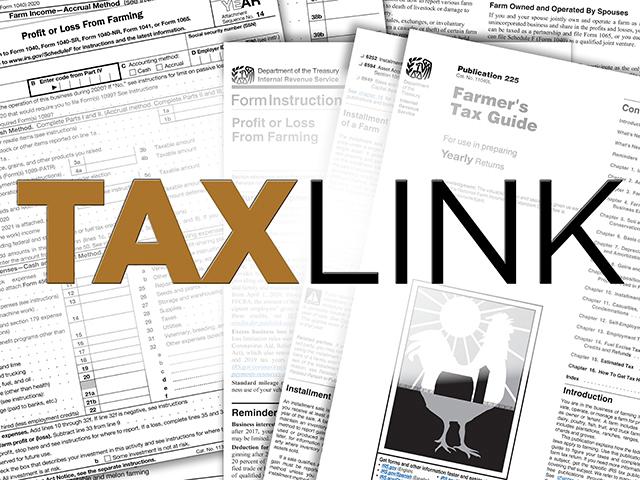Taxlink
Does the Inflation Reduction Act Benefit Ag?
Many people view the Inflation Reduction Act (IRA) as a very small step to curb inflation but a large spending bill that pushes the "green" agenda. Let's take a look at what is in the IRA that could benefit agriculture.
First, it's important to know that most of the ag-related spending will go through the USDA. The IRA provides the framework, but it's up to USDA to determine how to implement the spending. We will learn more as USDA rolls out information on how to access these funds.
Although not agriculture-related, the IRA extended the American Rescue Plan changes to Obamacare through 2024. This allows individuals who make more than 400% poverty not to fall off a "cliff" and pay back all of the credit. The maximum premium cost would be capped at 8.5% AGI (adjusted gross income). The IRA also allows Medicare to directly negotiate prices for prescription drugs and caps out-of-pocket spending on prescription drugs for those on Medicare at $2,000 per year.
For at-risk and underserved farmers (veterans, beginning farmers/ranchers, those in high-poverty areas), the IRA includes over $6 billion for financial assistance, loan modifications, debt relief and other support. This includes funds for those who experienced discrimination in USDA lending programs. Details to come on how USDA will determine eligibility or how assistance will be distributed.
The Environmental Quality Incentive Program (EQIP) is allocated $8.45 billion in additional funds. One change is that the IRA waives the requirement that 50% of EQIP funds go to livestock operations. This will allow funds to go to cover crops, reduced tillage, crop rotation, etc.
P[L1] D[0x0] M[300x250] OOP[F] ADUNIT[] T[]
The IRA provides the Regional Conservation Partnership Program (RCPP) $4.95 billion in additional funds. The IRA includes language to support the forestry/timber industry. RCPP funds can be spent on partnerships "that support the implementation of conservation projects that assist agricultural producers and nonindustrial private forestland owners in directly improving soil carbon, reducing nitrogen losses or reducing, capturing, avoiding or sequestering carbon dioxide, methane or nitrous oxide emissions associated with agricultural production."
The Conservation Stewardship Program (CSP) receives $3.25 billion in additional funds. USDA is mandated to use the funds for "1 or more agricultural conservation practices, enhancements or bundles that the USDA determines directly improve soil carbon, reduce nitrogen losses or reduce, capture, avoid or sequester carbon dioxide, methane or nitrous oxide emissions associated with agricultural production." The IRA also extends support for organic producers and those transitioning to organic within the CSP program.
Also, the Agricultural Conservation Easement Program (ACEP) gets $1.4 billion in additional funds. The IRA appropriates funds to be spent "for easements or interests in land that will most reduce, capture, avoid or sequester carbon dioxide, methane or nitrous oxide emissions associated with land eligible for the program."
One important aspect is that the IRA did not make changes to AGI or payment limit rules, so current guidelines remain.
From a tax perspective, farmers should see minimal impact. The only potential impact worth noting is the two-year extension of Excess Business Losses rules. This limits farm losses to $270,000 (single) or $540,000 (married filing joint) in a given year.
**
-- DTN Tax Columnist Rod Mauszycki, J.D., MBT, is a tax principal with CLA (CliftonLarsonAllen) in Minneapolis, Minnesota.
-- Read Rod's "Ask the Taxman" column at https://www.dtnpf.com/…
-- You may email Rod at taxman@dtn.com
[PF_1022]
(c) Copyright 2022 DTN, LLC. All rights reserved.



